How To Build The Best Set Of Clubs For Your Handicap
Joel Tadman takes a look at the data from Shot Scope to find out which clubs different abilities of golfer should consider adding to their bag to lower their scores


Often when you go for a custom fitting all the talk and time is spent on getting the right shaft flex and weight and the right lie angle but you could argue that the most important aspect, specifically how you build the right set of clubs for your ability level, is often glossed over or overlooked completely. With the help of stats from our data partner Shot Scope, here's how different abilities of golfer can build the ideal set of clubs for them.
Scratch Handicap
Scratch golfers are likely to be pretty set in terms of the clubs in their bag but one clubs they could certainly consider adding for more accuracy off the tee is a mini driver. PGA Tour average driving accuracy is 59% whereas a scratch golfer averages 50%. Being in the fairway is important because the stats tell us you’re far more likely to hit the green. From between 100-150 yards, a scratch golfer will hit the green 60% of the time from the fairway, 55% of the time from the rough and this drops to 26% if you’re in a fairway bunker.
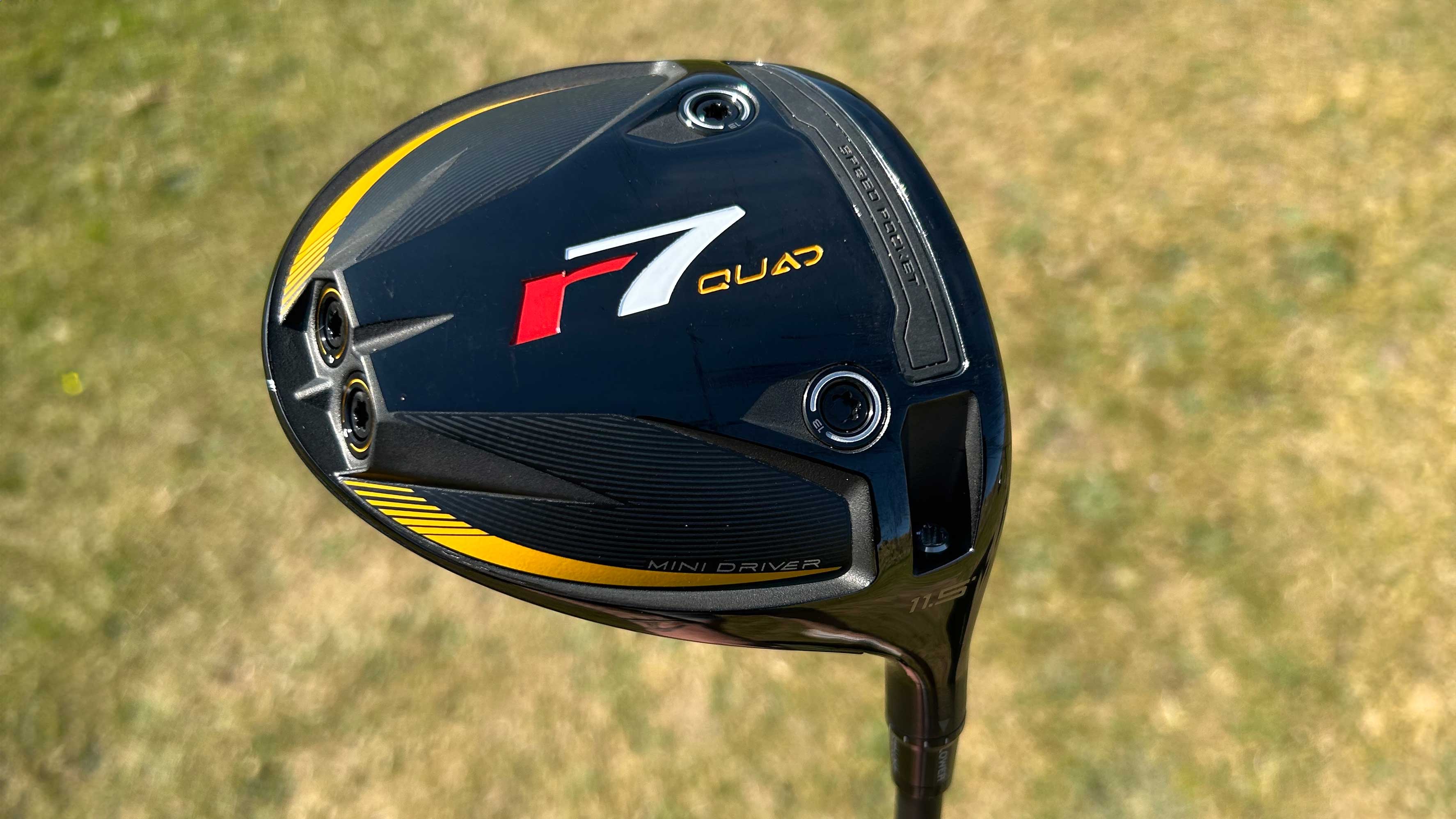
Mini drivers provide a more powerful alternative to a three wood and added accuracy over a driver
So to give your accuracy a boost without hurting your distance output too much, a mini driver could provide the solution. Mini drivers have a shorter shaft than a traditional driver, which in theory provides more control through more centered strikes. They're also surprisingly playable off the turf for those that need more power into long par fives and are more forgiving than a traditional 3-wood through size alone. The loft adjustability and in some cases moveable sole weights, like on the TaylorMade R7 Quad Mini, make them extremely versatile too.
5 handicap
A 5 handicapper is where more 3-irons typically come out of the bag to be replaced with a hybrid, with iron sets usually starting at a 4-iron. This is because the Shot Scope stats tell us that every ability of golfer hits more greens on average with a hybrid than they do a long iron equivalent (from 200 yards a 5 handicap hits 21% of greens with a hybrid and 17% with a long iron). Low handicap golfers still tend to keep a 4-iron in the bag because it provides them with something to keep the flight down when they need to and they are competent enough to get the required strike and therefore carry distance out of this club to not experience any distance bunching with the 4, 5 and 6 iron that some high handicappers experience.
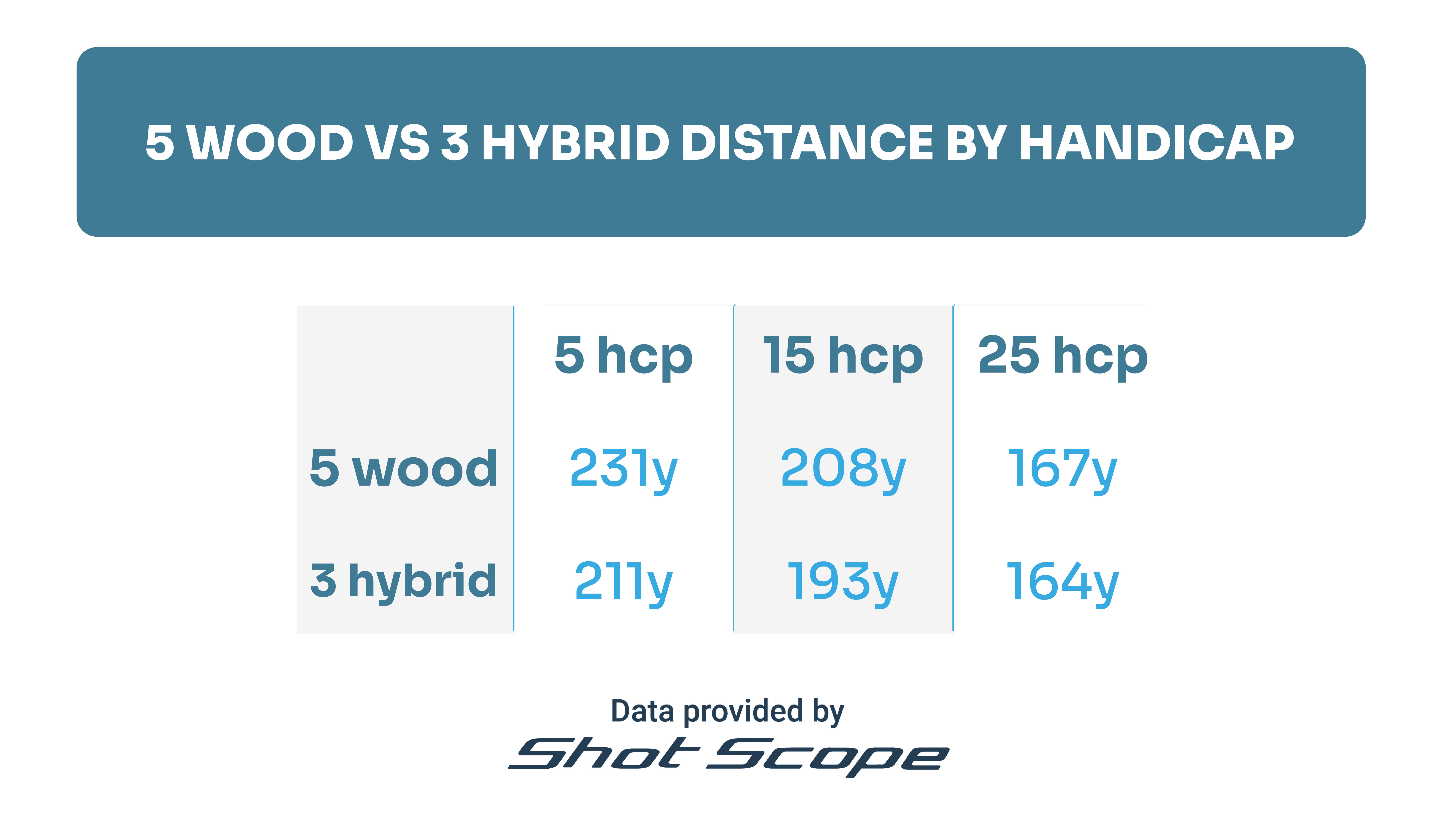
Another option the data tells us a low handicapper should consider is a 5-wood instead of a hybrid. The 5 wood generally has a slight advantage in distance over the 3 hybrid, which becomes more pronounced at lower handicaps. So for 5 handicaps, the gap over a 3-hybrid increases to 20 yards (231 vs 211 yards).
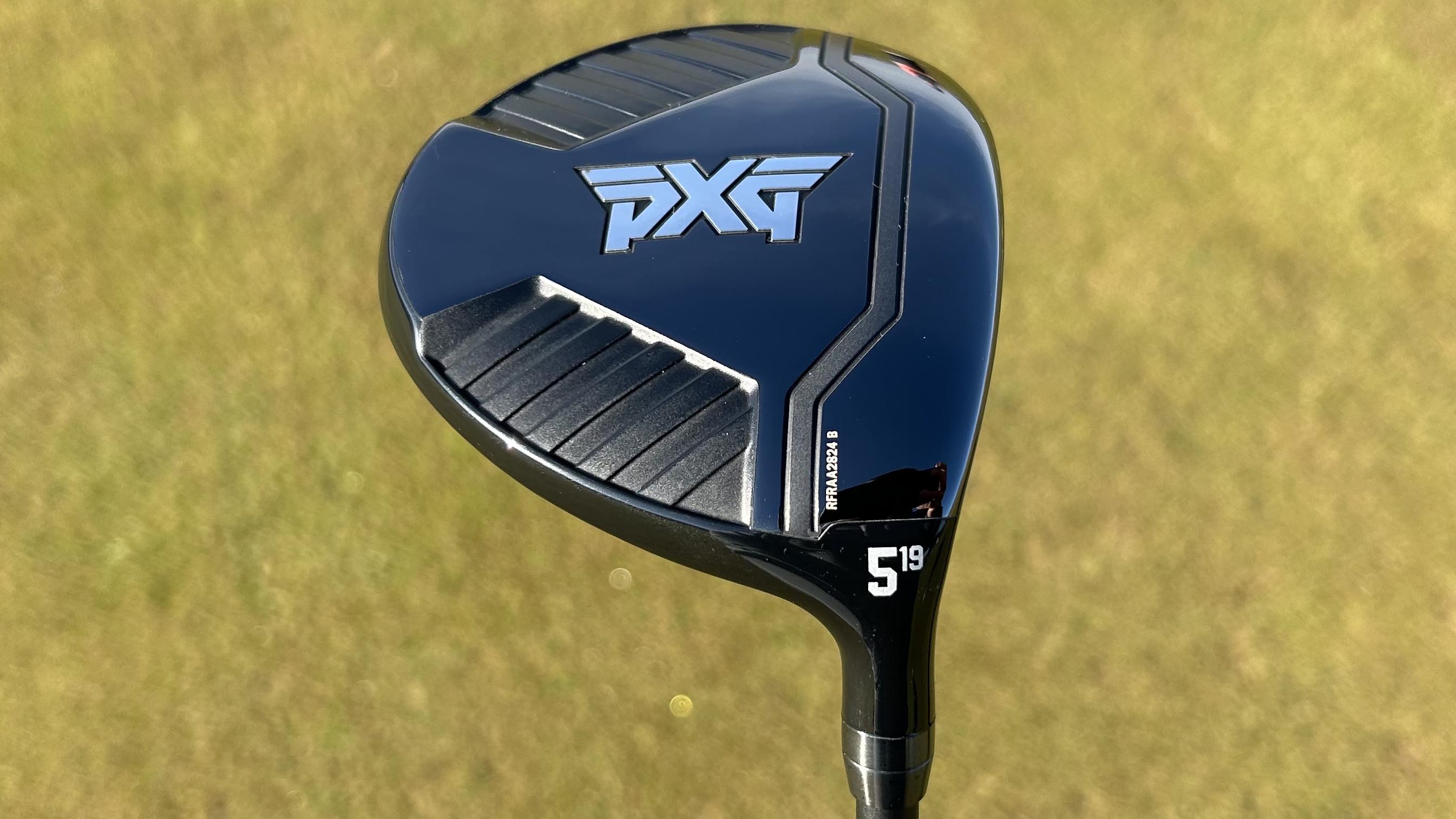
5-woods provide a distinct distance advantage over 3-hybrids for 5 handicappers
This suggests that the 5 wood offers more distance, especially for skilled players, making it a better choice for maximizing yardage. Obviously it’s not all about distance - you’ve got to consider gapping and ensuring you’ve got distances covered evenly but when you factor in the extra forgiveness a 5-wood provides over the best golf hybrids, it’s certainly well worth looking into at this tricky point in the bag.
10 handicap
For 10 handicaps, the 4 -iron is frequently swapped for a 4 hybrid with two hybrids often featuring before the irons begin. Not necessarily a distance issue but more a consistency issue. When you consider 10 handicap golfers come up short from 175-200 yards 49% of the time, clearly something that’s going to provide them with more speed, forgiveness and consistency is going to be a good thing in the long run.
Subscribe to the Golf Monthly newsletter to stay up to date with all the latest tour news, equipment news, reviews, head-to-heads and buyer’s guides from our team of experienced experts.

4-hybrids provide added consistency over a 4-iron equivalent
15 handicap
For 15 handicaps we see a big drop off in distance with a 4-iron at this ability level - it goes from 201 yards (5 handicap), 199 yards (10 handicap) to 186 yards for a 15 handicap. So clearly a 4-iron is a golf club this ability really struggles with and as per the 10 handicapper above, a 4 hybrid should certainly be added.
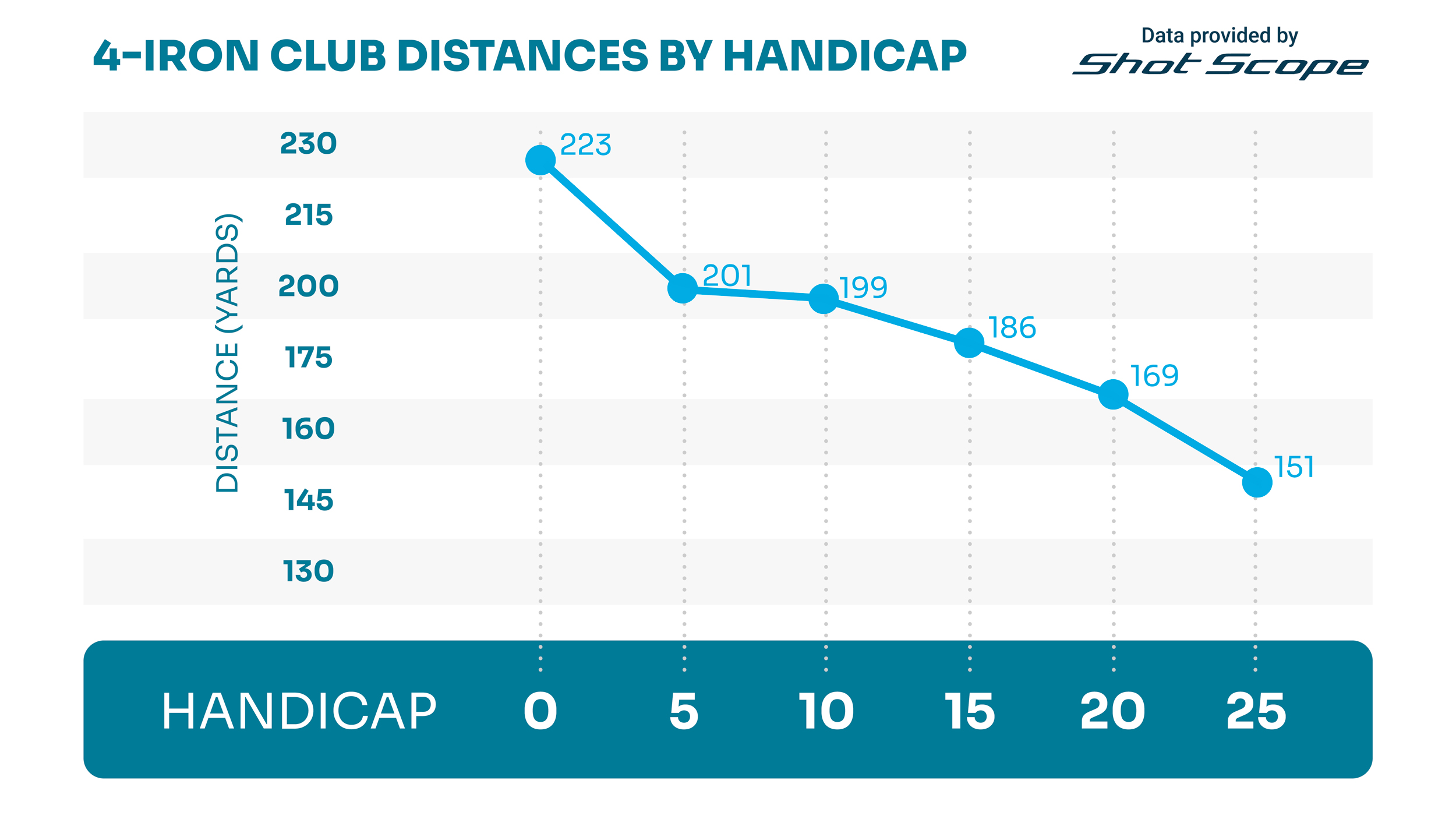
I think this is the ability level that would also really start to the see the benefit of a draw biased driver. The stats show that 15 handicaps miss the fairway 26% of the time to the right and only 23% of the time to the left, so adding something with more left bias should help level out this directional bias. With more draw (or less curve) 15 handicaps should also increase their distance potential, which is useful when you consider distance has a direct correlation to scoring and 15 handicappers are 23 yards shorter than a 10 handicap off the tee on average.
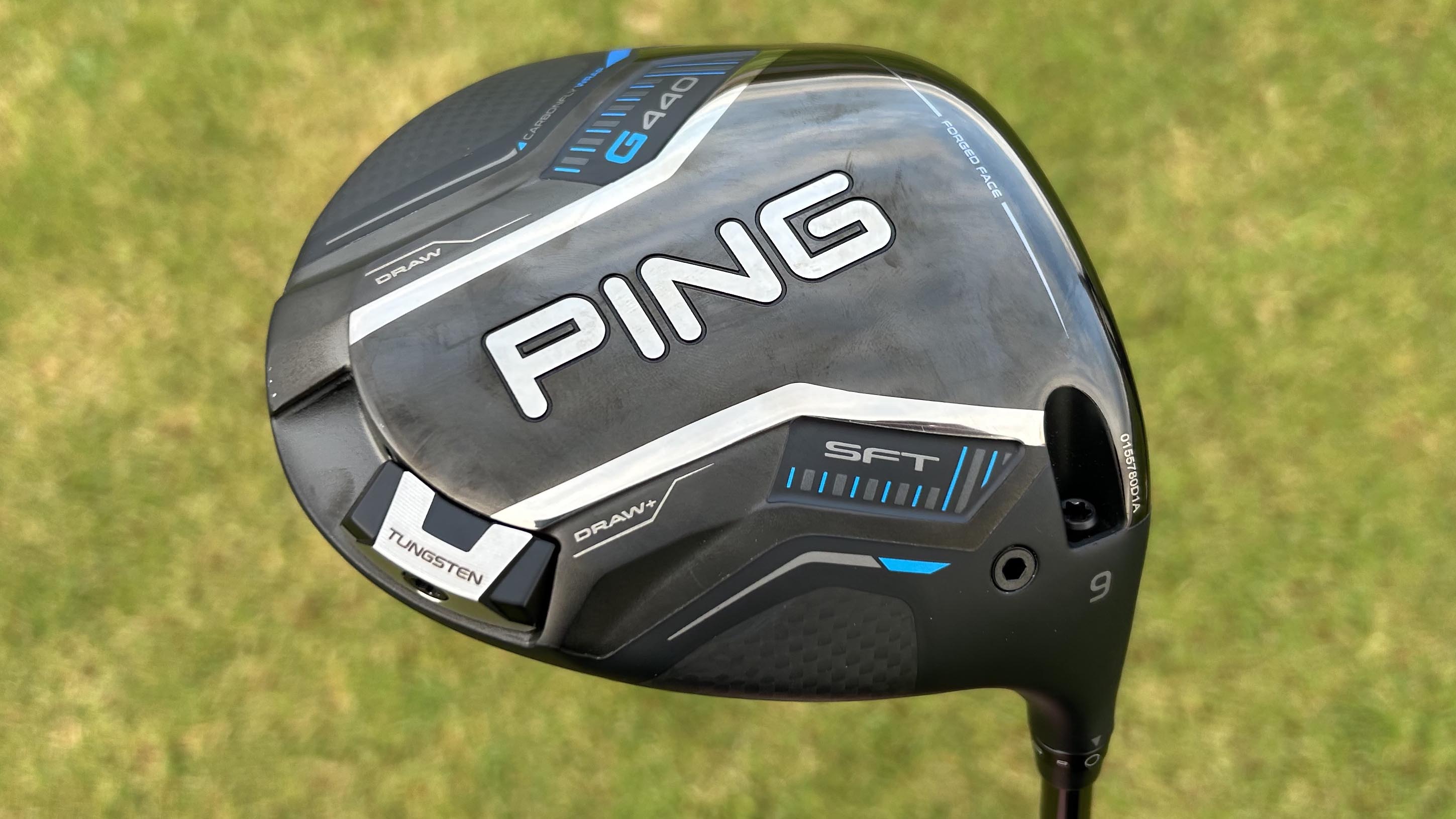
Draw-biased drivers should help most 15 handicaps hit longer and straighter drives
20 handicap
20 handicaps will (hopefully) be using more distance and forgiveness orientated clubs. 5 woods are becoming more popular over hybrids but they can also be added in addition to hybrids. Even higher lofted woods would be something to think about - perhaps a 7 wood or a 9-wood would give you better returns than having a lob wedge in the bag, for example. In fact looking at the Shot Scope data a 20 handicapper often drops the lob wedge altogether - which is no surprise given it only goes 59 yards on average and gets them up and down 18% of the time.
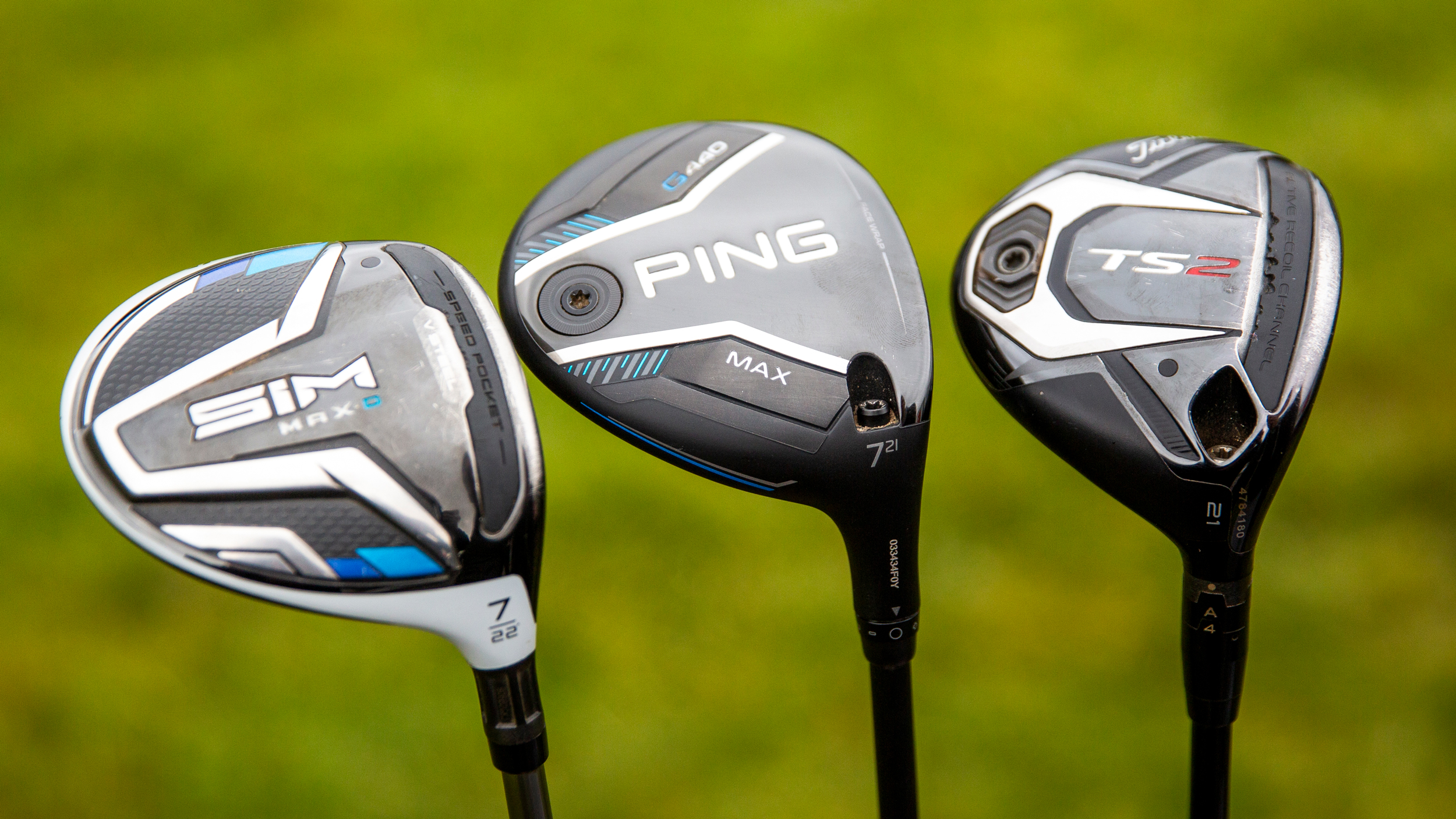
7-woods are becoming increasingly popular both on tour and at retail
For 20 handicaps, short game creativity is less of a priority - typically their short game is fairly one dimensional, which mean they can afford to have a more basic set of wedges with more of a focus on forgiveness, which will also transfer over to full shots. This will also provide more options at the top end of the bag to get round the course.
25 handicap
Looking at the data, 25 handicappers would really benefit from adding a bunker or chipping specific club to boost their up and down stats. Ping do some highly functional options here with the BunkR and ChipR clubs that are worth trying. This is because the average up-and-down percentage is 25% or one in four times whereas a 15 handicapper gets up and down more than 1 in 3 times.
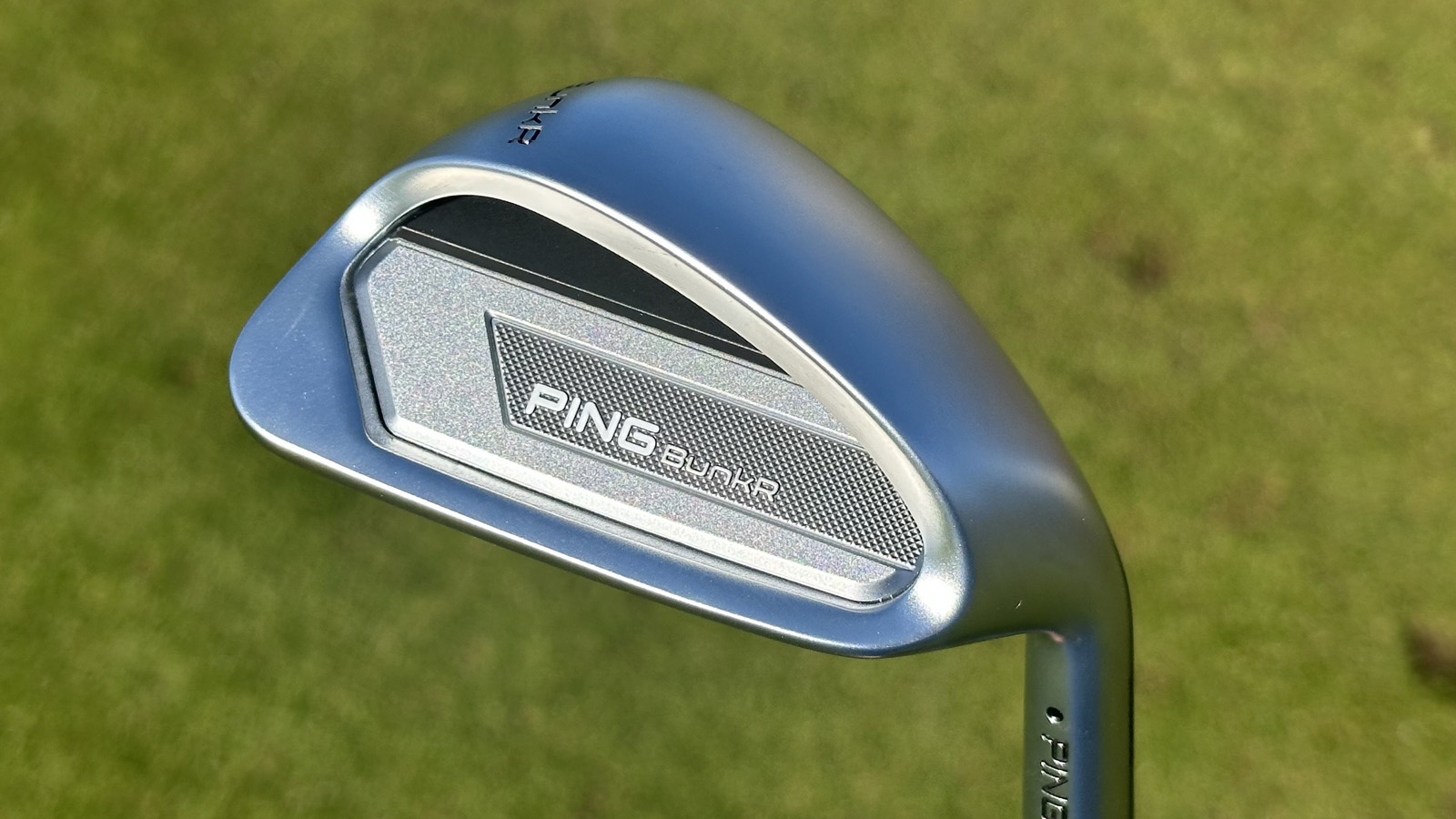
Bunker-specific clubs are well worth trying for high handicappers that struggle from the sand
This gets much worse in the bunker where 25 handicappers also only get up and down from the sand 10% of the time. When you consider a 25 handicap has an average approach shot proximity of 211 feet, the chances are if there are bunkers by the green, the ball is going to find them. Some of this will be down to their ability to hole the putt at the other end, so perhaps switching into a more forgiving mallet putter with more alignment assistance would also be a good club to consider.

Joel has worked in the golf industry for over 15 years covering both instruction and more recently equipment. He now oversees all equipment and video content at Golf Monthly, managing a team of talented and passionate writers and presenters in delivering the most thorough and accurate reviews, buying advice, comparisons and deals to help the reader or viewer find exactly what they are looking for.
One of his career highlights came when covering the 2012 Masters he got to play the sacred Augusta National course on the Monday after the tournament concluded, shooting a respectable 86 with just one par and four birdies. To date, his best ever round of golf is a 5-under 67 back in 2011. He currently plays his golf at Burghley Park Golf Club in Stamford, Lincs, with a handicap index of 3.1.
Joel's current What's In The Bag?
Driver: Titleist GT3, 9°, Fujikura Ventus Black 6 S shaft.
Fairway wood: Titleist TSR3, 15°
Hybrid: Titleist TSi2, 18°
Irons: Titleist T150, 4-PW
Wedges: Titleist Vokey SM10, 50°, 54° and 58°
Putter: LAB Golf DF3
Ball: 2025 Titleist Pro V1x
-
 I Tested Golf's First Ever Smart Strap And I Was Surprised At How Much I Liked It
I Tested Golf's First Ever Smart Strap And I Was Surprised At How Much I Liked ItMike Bailey took a walk on the course with the first-ever smart golf strap that houses both GPS capabilities and a speaker to play music
-
 Why Moorland Golf Provides More Fun, More Beauty And More Value For Money
Why Moorland Golf Provides More Fun, More Beauty And More Value For MoneyWhile links and heathland golf dominate the rankings, moorland is a wonderful setting for atmospheric and engaging golf as these five courses prove
-
 Debate: What Is The Greatest Hybrid Club Of All Time?
Debate: What Is The Greatest Hybrid Club Of All Time?The competition was fierce but club tester Sam De'Ath has narrowed it down to just five. Do you agree with his selections?
-
 Building The Perfect Home Golf Practice Set-Up: A Guide For Every Budget
Building The Perfect Home Golf Practice Set-Up: A Guide For Every BudgetThinking of doing something pretty special at home? Here are some options and things to consider to help you get started on the right track
-
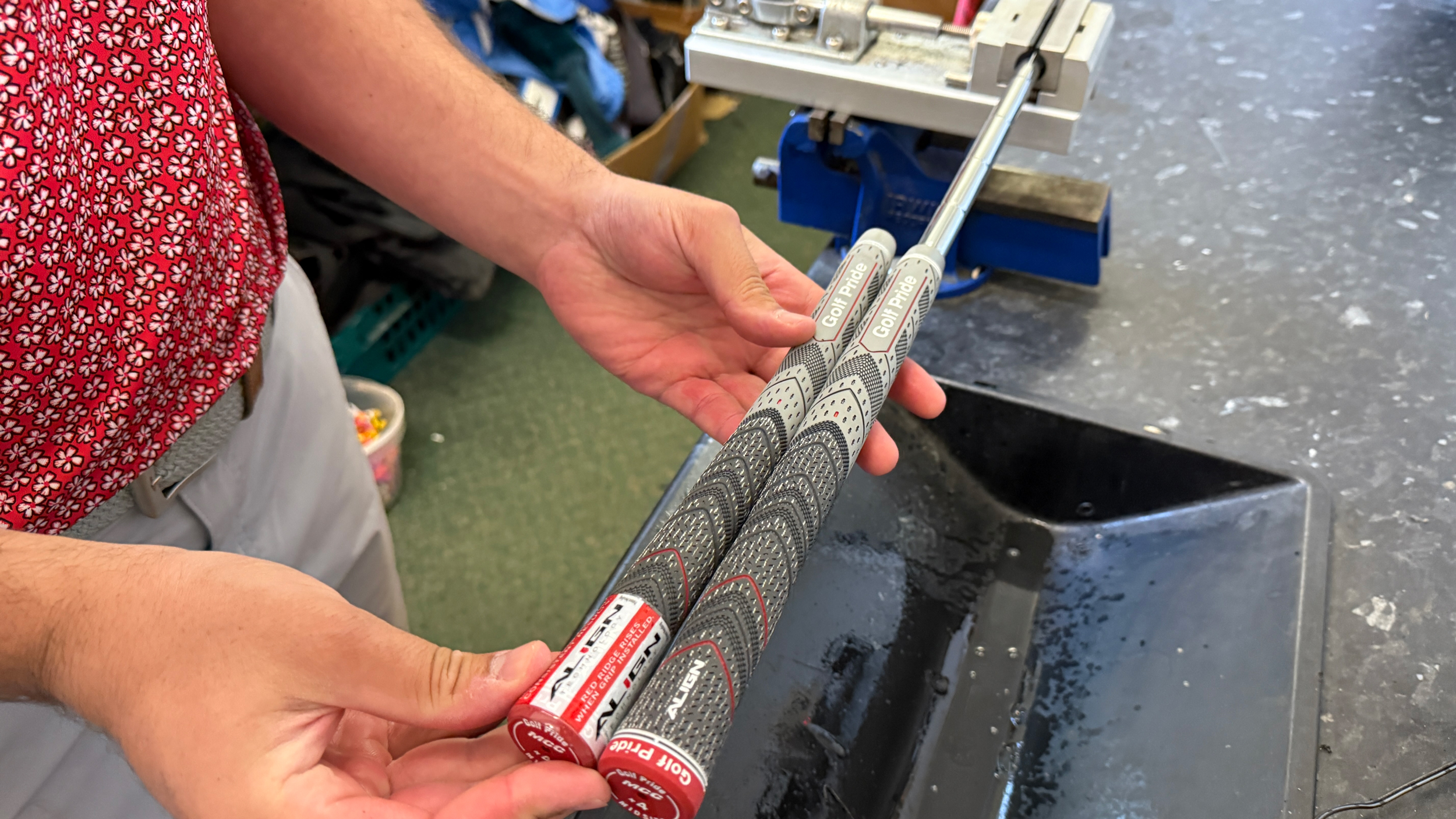 Club Fitting Expert Reveals The One Thing All Golfers Should Check
Club Fitting Expert Reveals The One Thing All Golfers Should CheckTake note of this crucial aspect of your equipment, especially if you're in the habit of re-gripping your own golf clubs
-
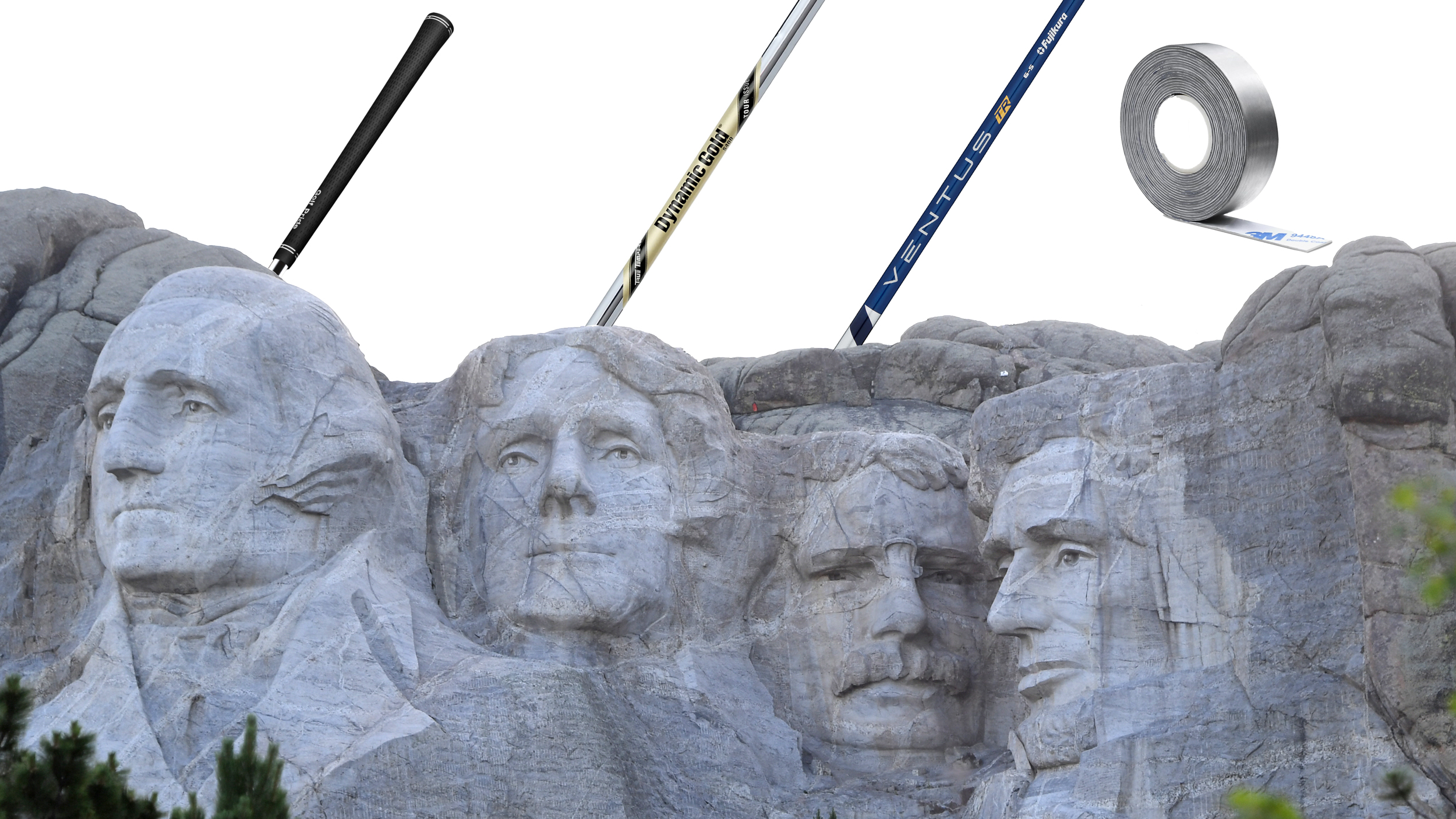 We Select Our 'Mount Rushmore' Of Golf Components. Do You Agree?
We Select Our 'Mount Rushmore' Of Golf Components. Do You Agree?Kick Point hosts Dan Parker and Joe Ferguson debate the best golf components (the “bits and bobs) of all time - and competition for a place in the top four is fierce
-
 The Equipment Debrief: Scottie Scheffler Makes Key Gear Change, New Callaway Drivers Spotted On Tour And More...
The Equipment Debrief: Scottie Scheffler Makes Key Gear Change, New Callaway Drivers Spotted On Tour And More...The World No.1 has made a significant change to his club line-up, and we get the first look at a new range from Callaway...
-
 I Built The Ultimate Direct-To-Consumer Golf Bag (And It's Incredible)
I Built The Ultimate Direct-To-Consumer Golf Bag (And It's Incredible)The direct to consumer golf market is undoubtedly gaining traction, but in which areas of the bag do the best brands excel?
-
 How Important Is Sound When It Comes To A Golf Club… And Can It Be Misleading?
How Important Is Sound When It Comes To A Golf Club… And Can It Be Misleading?The sound of a well struck golf shot is highly satisfying. But is it that important how a club sounds? Is it an accurate measure of its performance?
-
 The Equipment Debrief: Mini Driver Usage Is Surging On Tour... So Should You Put One In Your Golf Bag?
The Equipment Debrief: Mini Driver Usage Is Surging On Tour... So Should You Put One In Your Golf Bag?We know you all love an equipment trend. Here’s one that continues to grow...
